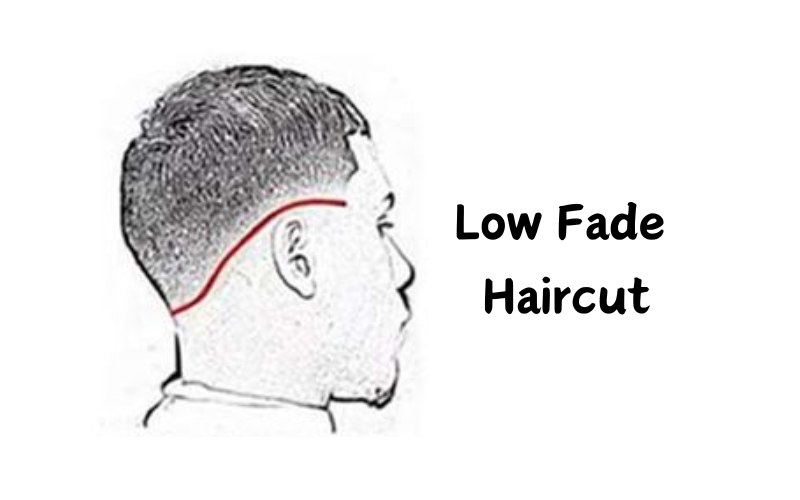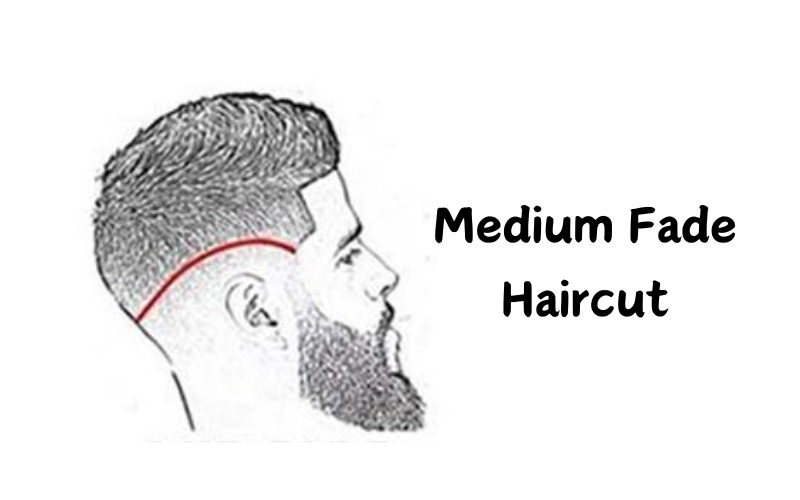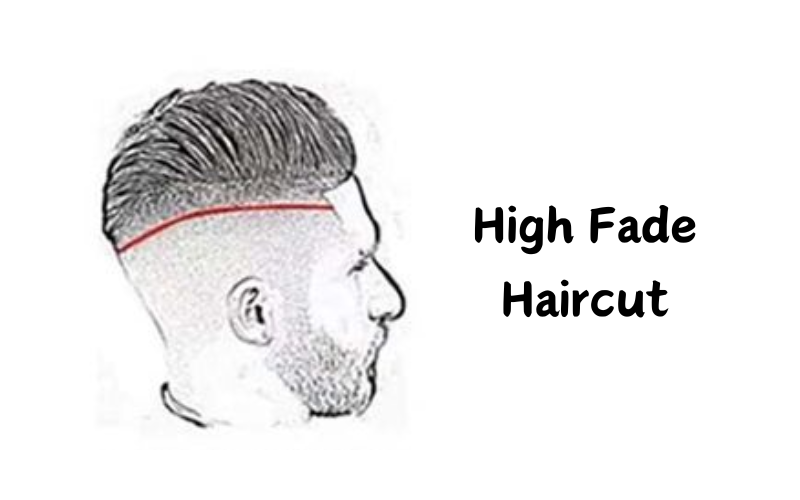When it comes to hairstyles, the fade haircut stands out as a versatile and stylish choice. But did you know there are different types of fades? Yes, from the low, medium, to high fades, each offers a unique look and feel. As a hairstylist with years of experience, I’ve seen the evolution and popularity of these fades first hand.
Let’s dive into the world of fades, where the low fade offers a subtle transition, making it perfect for those who prefer a more understated style. The medium fade, on the other hand, strikes a balance, offering a noticeable but not overly dramatic change. It’s ideal for those stepping into the fade game. Lastly, the high fade is for the bold; it’s a statement style that requires confidence and a bit of flair.
Experimenting with these different fades can be a fun and creative process. Whether it’s the classic low fade that’s caught your eye or the more adventurous high fade, each style has its own character. My personal favourite? The medium fade. It’s versatile enough for both casual and formal occasions.
Remember, the key to a great fade is in the details. The length, the transition, and the finishing all play a crucial role in the final look. So, next time you’re at the barber, think about the kind of statement you want to make with your hair. Fades aren’t just haircuts; they’re a form of self-expression.
Contents
1. Different Types of Fade Haircut
1.1 Low Fade Haircut
The low fade haircut, first popularized during WWII, has impressively out-stayed its welcome in the best of ways. Often associated with a military-sequel look, it’s the common denominator in being sharp, smart, and suave. This haircut comes with various variations, each offering a unique twist to the classic style.


What sets the low fade apart is its easier maintenance. Unlike more drastic styles, the low fade features a gradual transition from short to long, making it less demanding in terms of upkeep. For those who find booking bi-weekly appointments with their barber a hassle, the low fade is a practical option. It’s a haircut that lets you opt for a polished look without too much fuss.
Whether it’s the simplicity or the sleek style that draws you in, the low fade haircut remains a timeless choice for those seeking a blend of tradition and trend.


1.2 Medium Fade Haircut
The medium fade haircut is a perfect example of a happy medium in the world of fades. It’s a tapered cut that finishes around the temples and ears, striking a balance between subtle and bold. This style offers a more dramatic vibe than a low fade but is less in-your-face than a high fade.


Ideal for those new to fade life, the medium fade provides a fresh look without being too overwhelming. It’s great for making a statement and, at the same time, versatile enough to make waves in both casual and formal settings. Should you ever miss your tousled mop, the medium fade allows you to grow out your hair without an obvious ‘in between’ period. It’s the go-to choice for anyone who wants a noticeable change but isn’t ready to commit to the stark contrast of a higher fade.
In essence, the medium fade haircut embodies the essence of a modern gentleman: noticeable yet refined.


1.3 High Fade Haircut
The high fade haircut is perhaps the most demanding yet smartest looking option in the fade family. It presents a stylish conundrum: high maintenance but with a payoff of a sharply tailored appearance. This cut features a sharp transition from long to short, where the contrast is not just noticeable, but pronounced.


It’s crucial for those sporting a high fade to book bi-monthly barber’s appointments to stay on top of this striking fade variation. With countless styles to choose from, the high fade offers endless possibilities to express one’s personal style. However, maintaining its pristine look might require you to set up a three or four-weekly appointment with your barber.
Opting for a high fade haircut means committing to its upkeep, but the result is a bold and highly fashionable statement that stands out in any crowd.


2. FAQs About Fade & Fade Haircuts
2.1 How should I communicate my desired fade haircut style to my barber?
To effectively communicate your desired fade haircut style to your barber, start by familiarizing yourself with the difference between low, medium, and high fades. I recommend thinking about a celebrity whose hair you admire. Referencing this celebrity to your barber will help them understand the specific look you’re hoping to achieve. This approach is especially useful if you’re exploring fade haircuts for the first time, as it provides a clear visual example of your desired outcome.
2.2 Could you explain what a ‘number 1 fade’ haircut is?
A ‘number 1 fade’, also known as a ‘1 fade’, is characterized by very short hair on the back and sides of the head, typically about 3mm in length. This haircut gradually becomes longer as it goes further up the head, creating a seamless transition. These nice fades are striking in appearance yet suitable for both work and play, offering a sleek and neat look.
2.3 Which is a better choice, an undercut or a Fade haircut?
Deciding whether an undercut or a fade haircut is a better choice depends on your personal style and hair type. An undercut makes a greater impact if you have naturally long hair. It features a dramatic transition from almost bald sides to a long length on the top, which is its main appeal. On the other hand, a fade can be worn successfully regardless of your hair’s length. It offers a more gradual transition and can be tailored to suit various styles and preferences, making it a versatile choice no matter the hair type.
2.4 What are the different types of fade haircuts available?
There are three main types of fade haircuts available, each offering its unique style and appeal. These include low fades, medium fades, and high fades. Within these categories, there are numerous variations for you to experiment with, allowing for a wide range of styles to suit different tastes and preferences. For those looking for inspiration, a guide to the best fades haircuts can offer a wealth of ideas, showcasing the versatility and creativity inherent in these popular styles.
